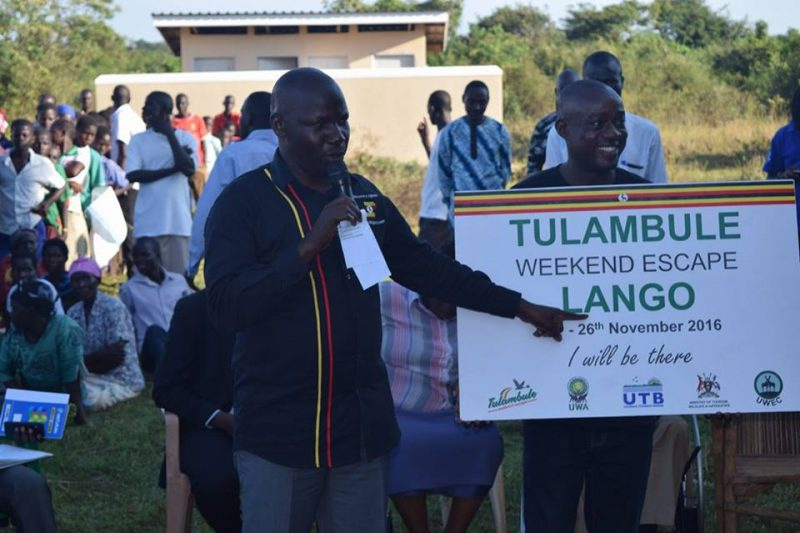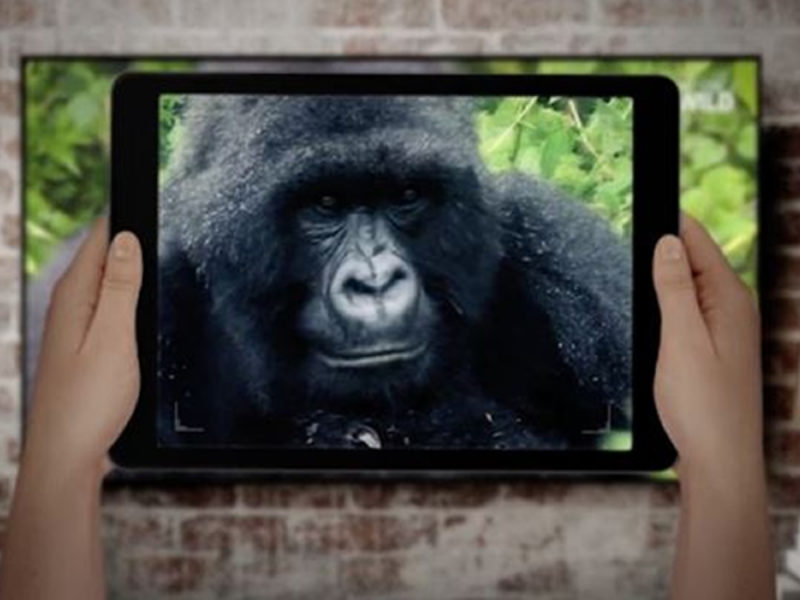
Awakening Lango’s Tourism
Lango sub region is made up of 8 districts, with a population of about 2.1 million people and Lira is the largest district and town. The town serves as a commercial trade center, between Uganda and South Sudan, with most of the people in the region practice farming including rice, maize and cattle.
Lango sub region of northern Uganda is officially open to tourism, following the launching of Lango Tourism Cluster and the recent domestic tourism campaign, dubbed Tulambule Uganda. The Uganda Tourism Board, ministry of tourism, wildlife & antiquities, in partnership with local authorities, started identifying tourism sites and attractions including history, culture and food in Lango sub-region.
Lango is to open to the outside world after isolation from the Lord’s Resistance Army (LRA) rebel insurgence which brought misery to people from the 1980’s to 2006. In fact, the Barlonyo memorial site was the first to be visited by the officials, where 302 civilian were killed at the site by Kony rebels in 2004. During a tour to this cultural site, visitors get a clear picture of the killings that went on during the war in northern Uganda.
As Ugandans explored Lango’s tourism sites and attractions during the 3 day Uganda Tour dubbed “Tulambule Excursion”, conducted last year. The minister of tourism and officials from Uganda tourism board with local authorities visited various historical and natural tourist. Along cultural and educational engagements were made with local schools, tour operators and ways on how to create and market the kind tourism experience, a local or foreign tourist would have while in Lango were liaised.
Lango people have a rich and unique culture heritage; anthropologists assert that these people originated from Ethiopia, some of the heritage hills and rocks bear evidence. Ibuje, Nget and Otuke hills according to the local legend are some of the sites identified for tourism. During the visit, officials encountered some of the earliest human foot prints; Olum was one of them believed to have supernatural powers.
The traditional culture is rich and unique, locals especially women practice their dance, music and folklore as well as local cuisines including Shea (Mwoya) butter making are still cherished despite the increasing westernization. Artisans also produce coiled pottery, carving wood and fashioning straws into mats, weaving baskets and a lot of Lango artifacts remain unexplored.
The people of Lango once had one kingdom before the British colonial rule; the Tulambule Team also explored the British imperialist war land marks in the region, especially at Kangai site, where two kings of traditional kingdoms of Bunyoro – Kitara and Buganda were captured during anti-colonial wars that took place in 1899. Kungu is another landmark in Apac district where missionaries started first settled to spread Christianity hence it’s a great attraction for faith based tourism.
Other cultural heritage and historical sites that were identified as important for tourism development in the region include:-
Burial palace in Apac district, where Uganda’s first prime minister and president, Dr. Milton Obote was buried. During his rule, president Obote once abolished traditional kingdoms which were later re-instituted after his downfall. Unfortunately, the Lango chiefdom remains defunct to date.
Besides the rich cultural heritage, Lango sub-region is also blessed with natural attractions including rivers, fresh water lakes, swamps, which present opportunities for adventure and wildlife viewing. They include Lake Kyoga, Lake Kwania, Olweny and Arocha swamps and several rivers including River Moroto with pygmy crocodiles, birds and mammals. River Moroto boasts Aswan hydro-power station which generates hydro-electricity, leading to economic development in the region.
Following the accomplished Tulambule visit in Lango, a series of meetings were conducted, highlighting plans to increase tourist facilities including hotels, building a new airfield, expand road network to carter for tourists who may prefer to travel to region by air. All these are expected to awaken tourism in Lango according to ministry of tourism and Uganda tourism board.
Some of the region’s districts like Lira and Apac have towns, with hotels, restaurants, health centers and hospitals, banking facilities; the common mode of transport is motorcycles, cars and bicycles. For those who need to get around to the markets for shopping, sightseeing or business.

